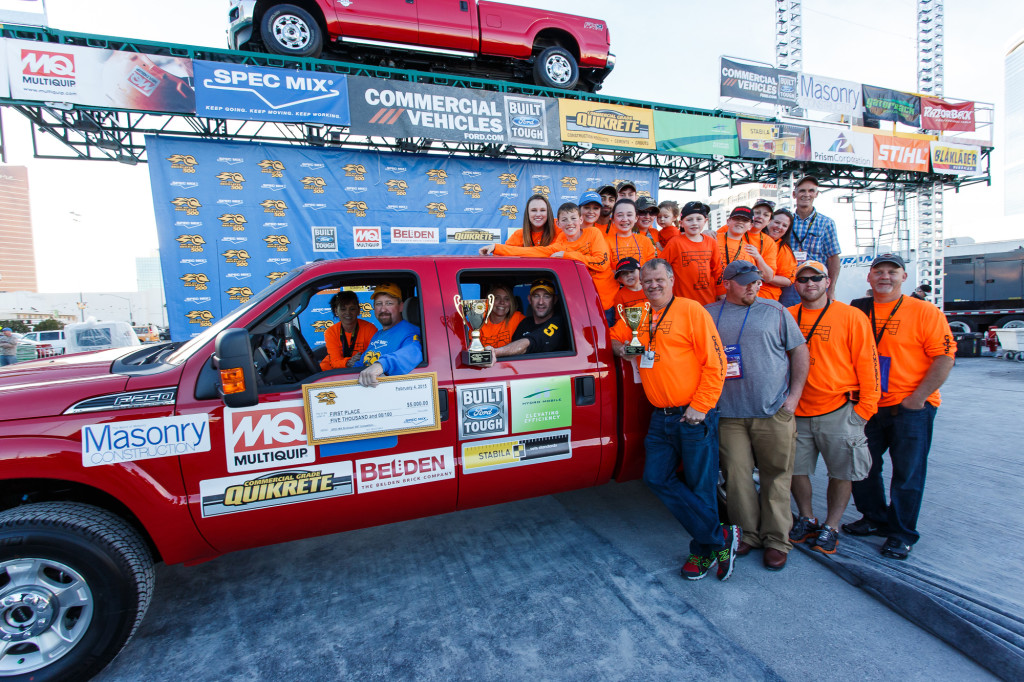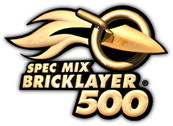
A FAMILY TRADITION
A Foundation of Skill
The roll that a family tradition plays in passing the skill of masonry to future generations of masons should not be undervalued. Throughout the world, from culture to culture, they build more than family ties. This human factor has been playing its role in generating and sustaining the skill of masonry for a long time.
How old is that foundation?
How long have families been involved in masonry? To-date the oldest known example of manufactured brick are dated to 9,600 B.C., from Göbekli Tepe, a temple complex located in South Eastern Turkey, it predates the first known samples of written language by 6,300 years! How many generations of masons originated from those first known masonry builds 11,613 years ago? Using an average generational age of 25 years and the oldest known manufactured brick date, you get 464 generations to the present day. That’s a lot of trowels in the family!
The nature of masonry construction allows for extraordinary durability and permanence that provides a perspective of both our heritage and a sense of place and time to those generations who come after us. It allows the cultures of the world to do something that is at the core of being human, to call to us from the past and remind us, “We were here, and this is who we were.”
The masonry family
How did the skill of masonry preserve itself, adapt and develop in this incredibly long journey through time? The answer is a very human one. It was preserved by the most basic unit of human organization—the family. This is the human factor, the same family unit that stopped hunting and gathering all those years ago and decided to settle down in one permanent place, to put down the spear, and picked up the trowel and began building human civilization. As you can see from the history of masonry the passing of that trowel from one generation to the next, from one culture to the next, has been going on for a long, long time. It stands squarely on a historic foundation as solid as the brick, block and stone the mason has worked with over the millennia.
The Masonry Family Today
Many things have changed in the world, and the pace of the change seems be happening even faster in the digital 21st Century. However, in many ways masonry still interacts with the human factor as much as it ever did. Construction must always meet a host of demands. The demand for new construction and restoration ebbs and flows with human population shifts, economies booming or busting, politics and the availability and affordability of financing and natural resources. There are social and natural destructive factors such as war and natural disasters which affect that demand. In addition, competing new construction materials and methods are always being developed to meet consumer marketing and aesthetic demands of the moment. These are often driven by current trends in architecture and the demands of government regulations such as building codes and tax incentives.
The value these new building methods bring is always being tested in the marketplace. Masonry is not immune to these changes and the demand for masonry and the specialties of masonry ebbs and flows with all these human social factors that affect architectural construction. Still, and again perhaps uniquely, the staying power and value masonry offers, even in the face of all this change, is pretty obvious from simple observation. Masonry continues to be seen all around us. Masonry today continues to remain an adaptable, valuable skill in the construction industry, both in North America and worldwide.
As with most professions in North America today the formalizing and standardizing of masonry workforce development has been established to provide the size and quality of the workforce necessary to meet the labor demand. North American masonry training programs vary from public and private secondary, post-secondary education, trade associations, union and employer training programs. However, in the face of all this change and modernization, the family connection to generating masons has not disappeared.
Passed from one generation to the next
SPEC MIX, Inc., along with our event sponsors, have had the privilege of holding masonry bricklaying competitions across North America for more than a decade. From this, we get the opportunity to see the large picture of what is happening in masonry, and have observed some patterns.
One of the patterns is how the skill of masonry is still passed from one generation to the next. To see this demonstrated just take a closer look at the teams that make it to the SPEC MIX BRICKLAYER 500 World Championship. Over the years we’ve noticed a consistent pattern reflected in our Regional winners. On any given year, 20% to 50% of the masonry teams involved in the Championships are directly related or members of an extended family. In the two person teams consisting of a mason and mason tender you will see combinations of father-son, son-father, grandfather-grandson, father-son-in-law, father-daughter and brother-brother year after year. While not a scientific analysis of the entire trade, this certainly points to the importance of a continuing family tradition in creating new masons; from one generation to the next within a family.
Every year we ask the first place winner of the SPEC MIX BRICKLAYER 500 World Championships how they started in masonry. Every year we pretty much get the same simple answer, “My father taught me.”
Having family play this important role keeping the very human skill of masonry alive seems appropriate for something that involves building things by hand.
Sometimes what we pass on to our children is not just hair color, the shape of a nose or smile, sometimes it is the simple human pleasure and pride of saying, “I built this.”

